Top Fashion Design Ideas
Fashion Design Ideas To Keep You Inspired
Fashion design is the art of creating clothing and accessories that are both functional and aesthetically pleasing. The fashion industry is constantly evolving, and designers are always pushing the boundaries of what is possible, coming up with new and exciting ideas that are both fashion-forward and accessible to the masses.
Fashion design is a very competitive field. If you want to stand out from the crowd, you’ll need to develop new ways of thinking and innovative ideas. But how does a designer create their unique style?
In order to become a successful fashion designer, you need to have good taste and creativity. Fashion designers often spend years honing their skills before they get their big break.
Whether you’re a budding designer, a fashion enthusiast, or simply someone who wants to stay on top of the latest trends, this article is for you. Let’s dive in!
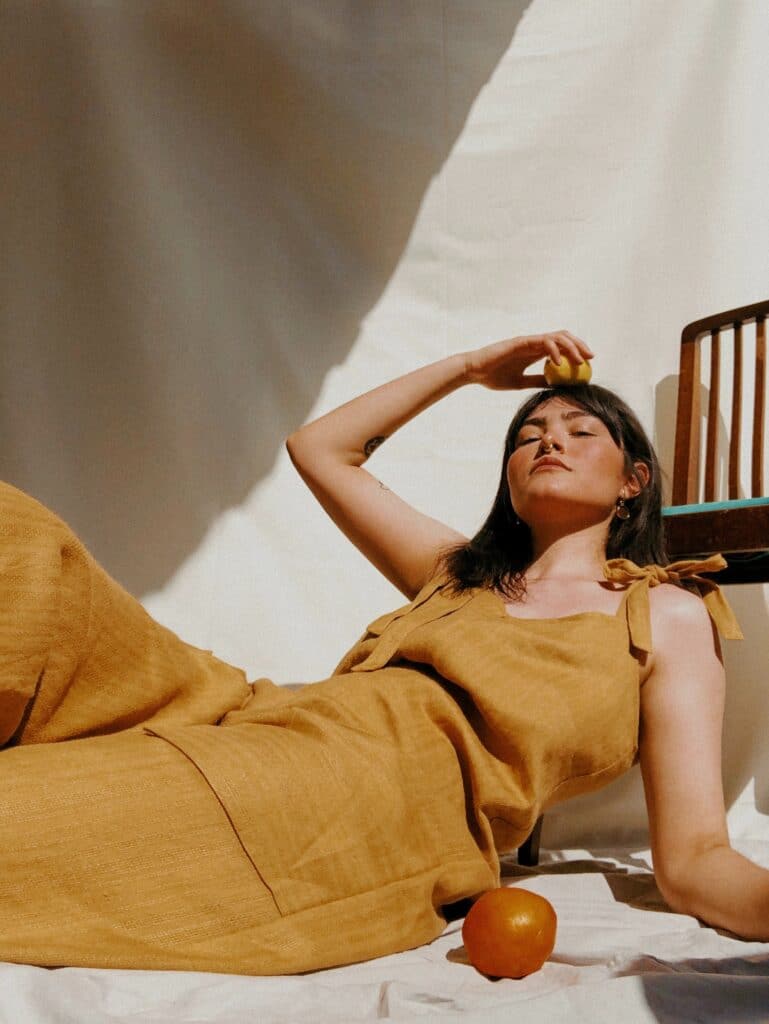
How to Do Fashion Design
Fashion design is much more than just sketching or creating new styles of clothing. It’s an art, a cultural statement, a way of expression.
As a fashion designer, having a strong portfolio is essential in showcasing your skills and abilities to potential clients or employers. A strong portfolio, however, comes from having a well-defined fashion design process that feeds your creative imagination, translates fashion ideas into creations, and perhaps touches on fashion topics that go beyond “the look”.
Whether you are an aspiring designer or an established professional, there are valuable insights and inspiration to be found in this article, to enhance your fashion design journey.
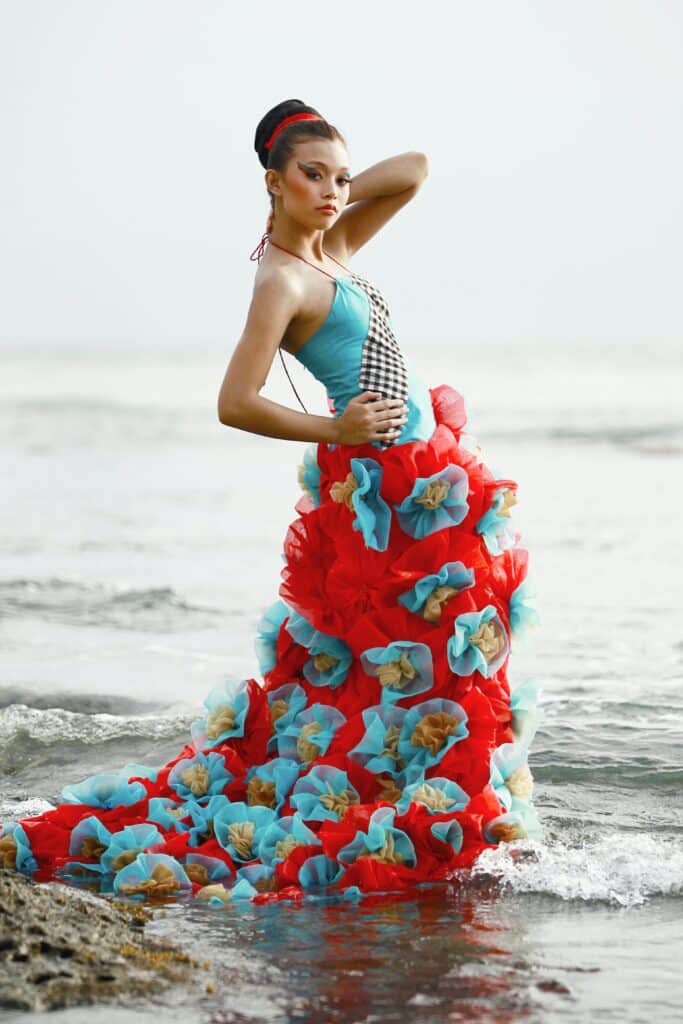
Developing Your Personal Fashion Design Process
A well-defined fashion design process helps keep you organized throughout each project, allowing you to effectively communicate your vision and designs to others, whether it’s to clients, manufacturers, or potential employers.
Here are 9 steps you can take to create and maintain a successful design process:
- Understand your design aesthetic: Before you can develop a fashion design process, it’s important to understand your own personal design aesthetic and what you want to communicate through your clothing and accessories.
- Identify your target market: Know your target market and their needs.
- Research: Gather inspiration, and research the latest trends and techniques.
- Sketch and brainstorm: Explore different design ideas and concepts.
- Conceptualization: Develop a concept or theme for your collection (we’ll cover more of this below) that will guide your design choices.
- Technical Design: Create drawings and specifications for each garment in your collection.
- Sampling: Create sample garments to test the feasibility of your designs.
- Refine and finalize: Make any necessary adjustments to your designs and finalize your collection.
- Presentation: Prepare your portfolio to showcase your collection to potential clients or employers.
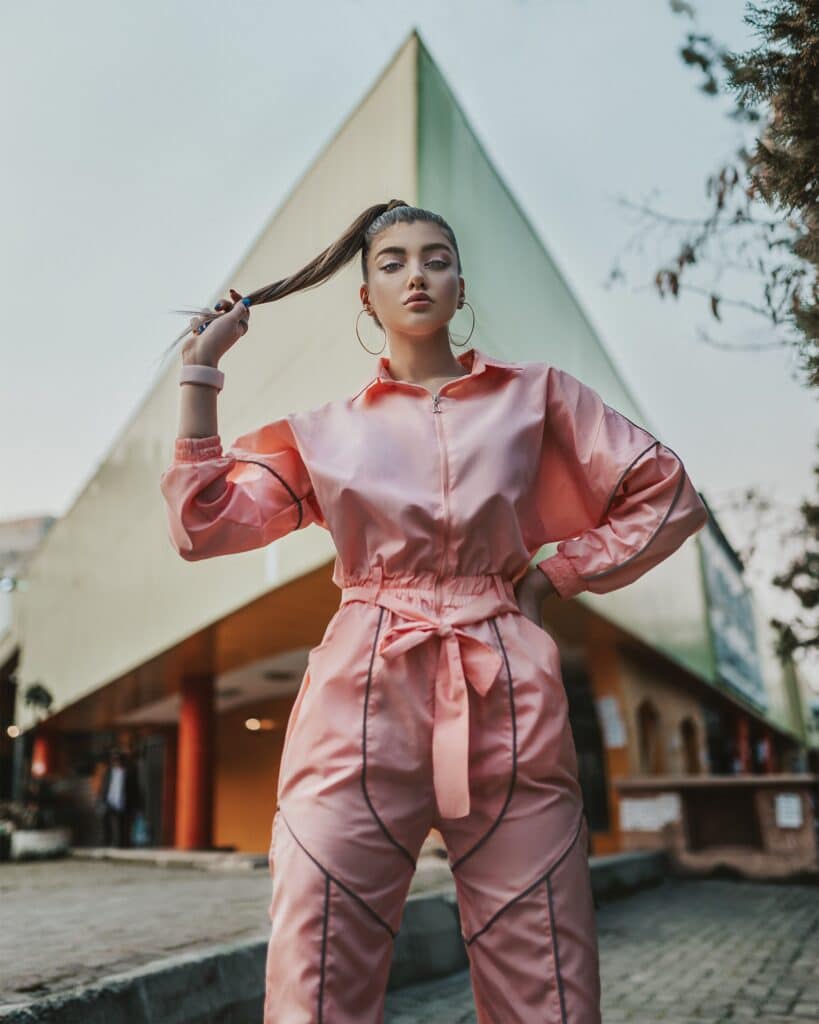
7 Things Every Fashion Designer Needs
To become a successful fashion designer, several key elements must be in place:
- Gear: Tools of the trade, such as a sewing machine, sketch pads, fabric, and other materials for creating designs, are definitely important.
- Mindset: Creativity, passion, and a strong work ethic can be the deciding factors of whether your fashion design business is successful or not.
- Training: A formal education in fashion design or related field deepens your understanding and appreciation of fashion design, as will practical experience through internships or apprenticeships.
- Portfolio: A strong portfolio is often necessary for securing job opportunities or landing clients as a fashion designer, and should showcase your design skills, technical abilities, and personal aesthetic.
- Studio: A dedicated space to work on designs, create samples, and store materials is also important.
- Networking: Build mutually beneficial relationships with other industry professionals, such as buyers, stylists, photographers, and other designers.
- Business acumen: Understand the business side of the fashion industry, such as production, manufacturing, and marketing.
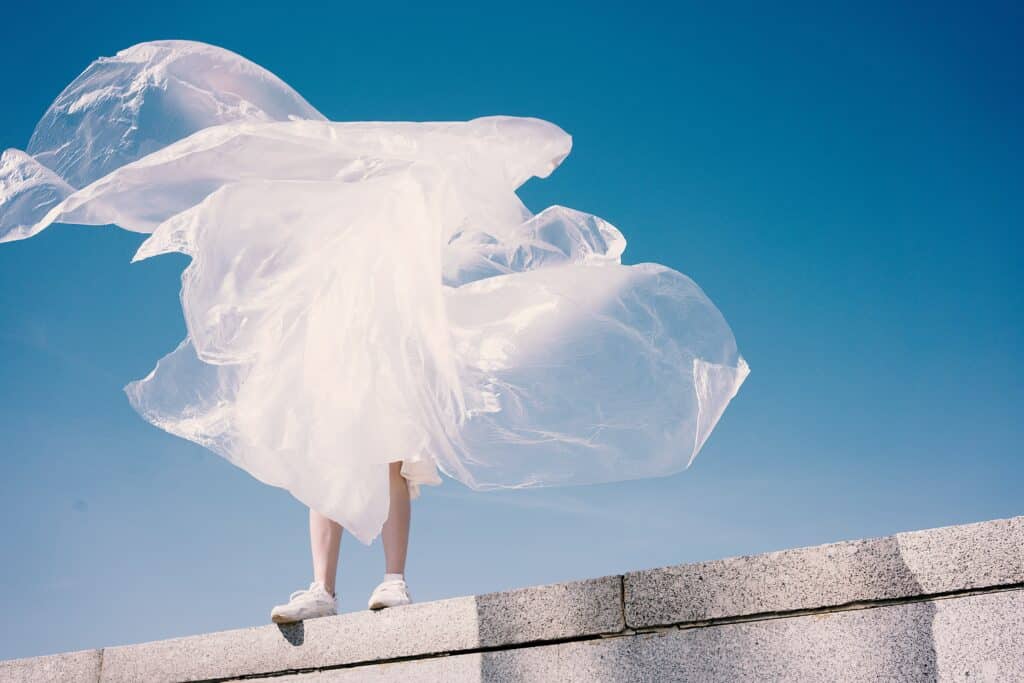
Getting Creative With Fashion
Don’t be afraid to push boundaries and create unique, innovative designs that stand out in the industry. Being creative also allows fashion designers to express themselves and their personal aesthetic, which can be a powerful tool for building a strong personal brand.
Creativity can involve playing with silhouette, draping fabrics, experimenting with different textures, and mixing and matching different elements in unexpected ways. It can also include using sustainable materials and production methods, and thinking about how fashion can reflect current cultural and social issues.
As a great example, designer and Format member brings out the stunning beauty of her dresses and outfits by placing her designs next to intriguing ice sculptures and background tones—not your usual studio shoots! Check out her “Actic Coven” collection here: https://www.cristobaleolo.com/arctic-coven
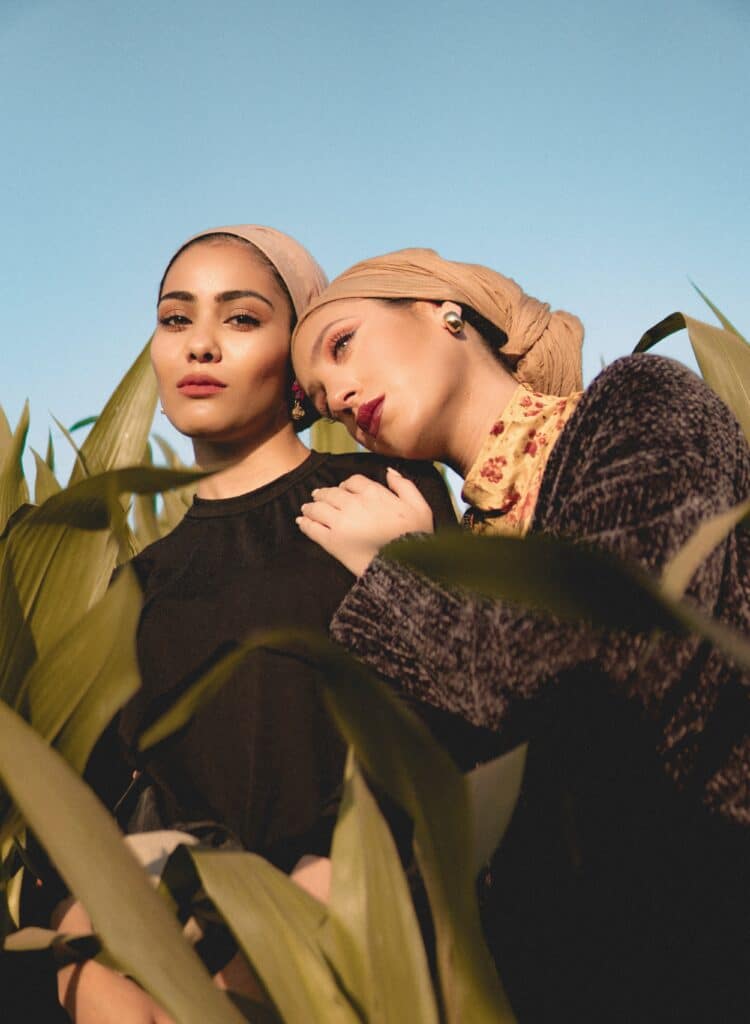
Fashion Topics That Go Beyond “The Look”
Fashion is often seen as a superficial industry, focused solely on the latest trends and the latest looks. However, fashion has the power to go beyond the surface level, and can be used as a tool to explore and raise awareness of important social and cultural issues.
- Sustainability: With the fashion industry being one of the most polluting industries in the world, thoughtful designers think about the environmental impact of their work. By creating sustainable materials and production methods, such as recycled fabrics, fashion designers can promote sustainable fashion, raise awareness for protecting the environment, and inspire consumers to make more conscious clothing choices.
- Diversity and inclusion: Fashion designers may also choose to create clothes that make their wearers feel happy and healthy about themselves. By promoting diversity and inclusivity in fashion, designers can help to break down barriers and challenge narrow beauty standards.
- Current cultural and social issues. For example, designers can use their platform to promote gender equality, LGBTQ rights, and racial justice. This can include using their clothing to make a statement, using models that reflect the diversity of society, and using their influence to speak out on important social and political issues.
As you explore fashion design ideas, remember: fashion is much more than just clothes. What you design, how you create clothes, and what your clothes are made of can make a statement about the world and culture around you. As a brilliant example of how meaningful fashion design can be, explore the work of FashionBoltonUni in the collection “iDENTITY”, where designers create images that stretch our understanding of identity and community.

How to Create Your Own Fashion Design Theme Ideas
Choosing a fashion designer theme can be a daunting task, as it will set the direction for your entire collection and will be the foundation of your brand. Here are some practical tips and ideas to help you choose your theme:
- Think about your personal aesthetic: Your theme should reflect your personal style and aesthetic. What types of clothes and designs that you are most drawn to, and what elements of those designs would you like to incorporate into your collection?
- Consider your target market: Think about the type of person that you want to appeal to, and what types of designs and styles they would be most interested in.
- Look at the current fashion trends: Keep an eye on the current fashion trends and consider how you can put your own spin on them. As a designer, it’s key to create a collection both current and original.
- Experiment and take risks: Don’t be afraid to experiment and take risks. This can be a great way to develop your own unique style and create designs that stand out from the crowd.
- Make it meaningful: Your theme should be meaningful to you and align with your values.
We love the theme Gaia Lina, a Format member and inspiring fashion designer, picked as her aesthetic and focus: scarves and bags! Check out some of her stunning wearables collection here: https://www.gaialina.com/scarves-bags-gallery
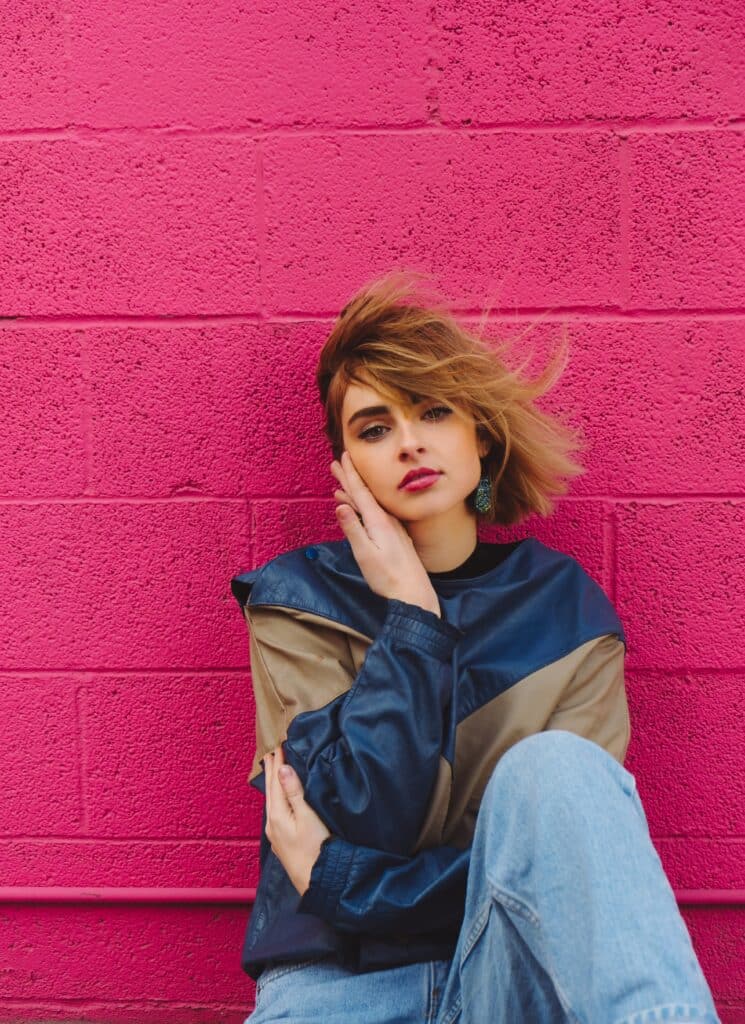
Be Inspired: How to Find New Fashion Design Ideas
Finding inspiration for fashion designs can be a challenging task, but if you know where to look, your next breakthrough might be just around the corner!
- Look to art, culture, and history: Historical and contemporary garments, artworks, and architecture, including music and film, can all provide inspiration for your designs.
- Travel: New cultures, landscapes, and architecture allows you to see how people in different regions dress, inspiring designs that serve different markets in new ways. As an example, here’s Format member Tonica Pitman’s piece on three colorful cultural dresses: (https://www.mytypdesign.com/#7)
- Observe everyday life: Inspiration can be found in the most unexpected places. Take note of how people dress, the way they carry themselves, and the colors and patterns they use.
- Get out of your comfort zone: To break out of a “design rut”, try doing something out of the ordinary. Attend an art show, visit a museum, or try a new hobby.
- Study other designers and brands: Study the techniques other designers use, the materials they choose, and the overall aesthetic of their designs.
- Look to nature: Go outdoors and experience the colors, textures, and patterns found in nature, and use these as inspiration for your designs.
- Use technology: Pinterest, Instagram, or fashion blogs open up doors for you to find inspiration from all over the world.
Inspiration is a personal journey. Keep an open mind, and don’t be afraid to experiment and take risks.

How to Build Your Portfolio
A fashion design portfolio is a collection of your best work that showcases your skills and abilities as a designer. Here are 7 fashion design portfolio ideas to start you off on the right foot:
- Make it visually appealing and easy to navigate.
- Use high-quality images and a clean, modern layout.
- Carefully select which pieces you include in your portfolio, only showcasing your best work.
- Think about the story you want to tell with your portfolio, highlighting your strengths and unique design aesthetic.
- Be consistent in your branding and messaging throughout the portfolio.
- Include a variety of work in your portfolio, such as sketches, technical drawings, and finished garments, as well as mood boards or fabric swatches.
- Tailor your portfolio to your audience, especially if you’re applying to work with a specific company or client. Show them relevant pieces you’re proud of that also fits the company’s mission and aesthetics.
Take a quick peek at how three of our favorite fashion design portfolios present fashion design pieces:
- Louise Desoeuvre’s powerful and meaningful designs: https://louise-desoeuvre.format.com
- Alexis Walsh’s stunning interdisciplinary approach: https://alexiswalsh.format.com
- Gaia Lina’s focus on beautiful clothes and flowing aesthetics: https://gaia-lina-upoa.format.com